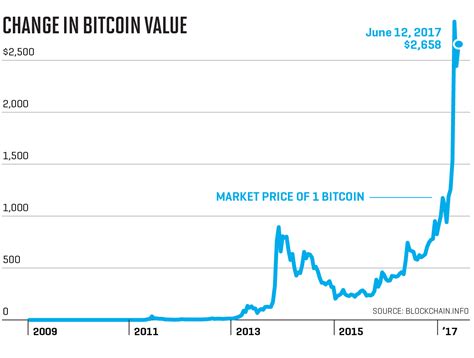Understanding Megahash in Bitcoin Mining
The rise of cryptocurrency has introduced new concepts, including megahash, to analyze the speed of Bitcoin mining. In this article, we will explore what megahash is, what role they play in estimating Bitcoin mining rates, and how they relate to the token-based mining model.
What is a Megahash?
A megahash (MH) is a measure of computing power used in cryptocurrency mining, especially Bitcoin. It refers to the number of operations required to solve complex mathematical problems, which ultimately helps secure the blockchain network.
To put that into perspective, a single-core processor can process around 100 million MH per second. This is because mining requires processing a large number of hashes, each of which represents a unique transaction on the blockchain. The more MH a card can handle, the faster and potentially cheaper miners can join the network.
Estimating Bitcoin Mining Rates
The speed of mining Bitcoin is estimated in megahashes by dividing the total number of mining pools available (currently around 100) by the average number of cores used in each pool. This is known as the “megahash rate per core.” The most notable example is the Antminer S9+, which boasts a speed of 80 MH/s per core.
Which part of the Bitcoin network requires megahashes?
Mining pools require megahashes to execute transactions and store the blockchain. Each pool is made up of multiple nodes that work together to validate new blocks and secure the network. Nodes use specialized hardware, such as graphics cards (GPUs), ASICs (application-specific integrated circuits), or other mining equipment to mine MH.
The Relationship Between Money and Megahash
In the context of cryptocurrencies, a megahash is essentially the cost per unit of computing power required to solve mathematical problems. With more money in circulation, miners can potentially mine faster, increasing their profit margins. As the price of Bitcoin rises, so does the demand for mining hardware, leading to higher prices and slower profit margins.
On the other hand, reducing the number of mining pools available or reducing the computing power required will reduce the estimated megahash hash rate per core. This can lead to increased electricity costs, decreased profitability, and potential network congestion.
Card-based Mining Model
The card-based mining model, popularized by companies like Bitmain and Antminer, uses specialized graphics cards (GPUs) or application-specific integrated circuits (ASICs) to mine Bitcoin. These cards are specifically designed for cryptocurrency mining, allowing miners to extract MH from their hardware without the need for a high-performance server or high-end computer.
The most common GPU used in card-based mining is the NVIDIA GeForce GTX 1080 Ti or higher. With an estimated 20-30 MH/s per graphics processing unit (GPU), these cards mine at around 400-600 MH/s. This allows miners to more easily connect to the network and participate in the block creation process.
Conclusion
In summary, megahashes play a crucial role in estimating Bitcoin mining rates and understanding how they relate to the token-based mining model. As the price of Bitcoin continues to rise, miners are encouraged to upgrade their hardware and increase their mining capacity. The increasing demand for mining hardware has led to higher prices and slower profit margins, making it essential for miners to optimize their equipment and energy consumption.
As the cryptocurrency world evolves, understanding megahashes and their significance in Bitcoin mining has become increasingly important for investors and enthusiasts alike.
Sources:

- “How Bitcoin Mining Works” by CoinDesk
- “What is a Megahash?”
